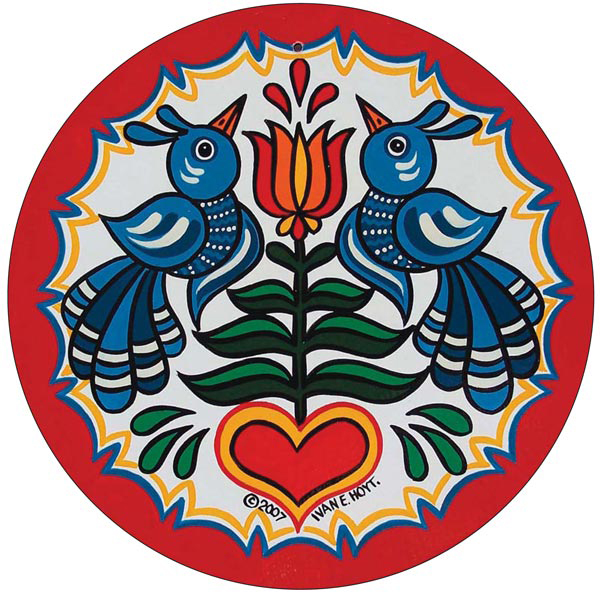.jpg)
Copyright 2008 by Stackpole Books
Published by
STACKPOLE BOOKS
5067 Ritter Road
Mechanicsburg, PA 17055
www.stackpolebooks.com
All rights reserved, including the right to reproduce this book or portions thereof in any form or by any means, electronic or mechanical, including photocopying, recording, or by any information storage and retrieval system, without permission in writing from the publisher. All inquiries should be addressed to Stackpole Books.
Printed in China
10 9 8 7 6 5 4 3 2 1
FIRST EDITION
Cover design by Tracy Patterson
Frontispiece: Cocalico Star with Rosettes by Ivan E. Hoyt
Library of Congress Cataloging-in-Publication Data
Hoyt, Ivan E.
Hex signs: tips, tools, and techniques for learning the craft / by Ivan E. Hoyt.1st ed.
p. cm.
Includes bibliographical references.
ISBN-13: 978-0-8117-0322-2 (hardcover, spiral binding)
ISBN-10: 0-8117-0322-3 (hardcover, spiral binding)
1. Painting. 2. Hex SignsPennsylvania. I. Title.
TT385.H7 2008
745.7'23dc22
2007025617
eBook ISBN 978-0-811-74999-2
I t is very important for me to begin my acknowledgments by stating that this book is not singularly my work. Although I have been recognized for my accomplishments in the folk art of Pennsylvania Dutch hex signs, this book is a collaborative effort of my talent and the talents and hard work of my wife, Dorothy. Unless otherwise noted, all of the photography, as well as typing of the original manuscript, was done by Dorothy, who also had the unenviable jobs of keeping me on task and organizing my thoughts. Her participation in this projects development was invaluable; this book simply would not have happened without her.
I would like to thank Dr. Don Yoder and editor Kyle Weaver for encouraging me to record the knowledge I have collected over the years and share it with others by preparing this text. I have always admired Dr. Yoders work in the scholarly study of Pennsylvania Dutch culture and his lifelong efforts to promote understanding of these wonderful people we share as ancestors.
I would like to thank Dr. Don Yoder and editor Kyle Weaver for encouraging me to record the knowledge I have collected over the years and share it with others by preparing this text. I have always admired Dr. Yoders work in the scholarly study of Pennsylvania Dutch culture and his lifelong efforts to promote understanding of these wonderful people we share as ancestors.
Thank you to all involved in this project at Stackpole Books. I appreciate the talents and hard work of editor Kyle Weaver, assistant editors Amy Cooper and Brett Keener, copyeditor Joyce Bond, art designers Tracy Patterson and Caroline Stover, and any other folks who lent their skills and craftsmanship to the preparation of this book.
Finally, again to my wife Dorothy, and my sons Ethan and Eli, I thank you for the sacrices you have made to allow me the time to pursue my passion for painting Pennsylvania Dutch hex signs.

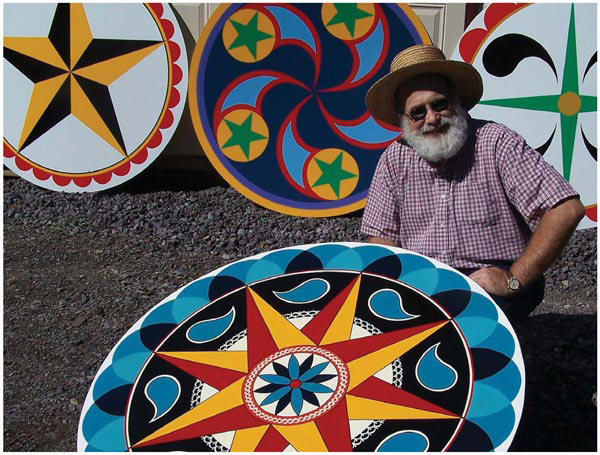
Ivan E. Hoyt displays several of his hex signs.
I have been painting hex signs for more than three decades in the style and tradition of the Pennsylvania Dutch. My interest in pursuing this craft began in 1971, when my parents and I toured Pennsylvania Dutch Country. Upon our return home, they gave me a booklet featuring the work of late hex sign painter Johnny Ott. I was impressed with Otts use of color in this traditional art form, and shortly thereafter I began painting my own hex signs.
From the beginning of my adulthood, I have pursued a dual career as an elementary and middle school art teacher and a folk-art designer craftsman. Recently retired from teaching after a thirty-three-year career, I have focused all my creative energy on my craftwork. I am a state juried member of the Pennsylvania Guild of Craftsmen/Pennsylvania Designer Craftsmen.
A double distelnk sign by Hoyt.
In addition to the traditional rosettes, barn stars, and geometric designs that represent the original hex signs, I, like my contemporaries, specialize in unique original designs. Stylized distelnks (birds), animals, figures, and orals have become distinctive interpretations when done by my hand. I am fortunate to exhibit at the annual Kutztown Pennsylvania German Festival, as well as the annual Boyertown Historical Societys Der Belsnickel craft show. My work is represented internationally in both private and public collections, including the National Museum of American History, Smithsonian Institution, and Balch Institute for Ethnic Studies in Philadelphia. I have been featured in many newspapers, magazines, and books, as well as the electronic media. I own and maintain a studio (visits by appointment only) at my home in rural Wapwallopen, Pennsylvania.
My hex signs, as well as those of other contemporary artists, are predominantly painted on panels that can be afxed to barns or houses. In this book I will provide you with instructions, techniques, and designs necessary to create and paint these hex signs.

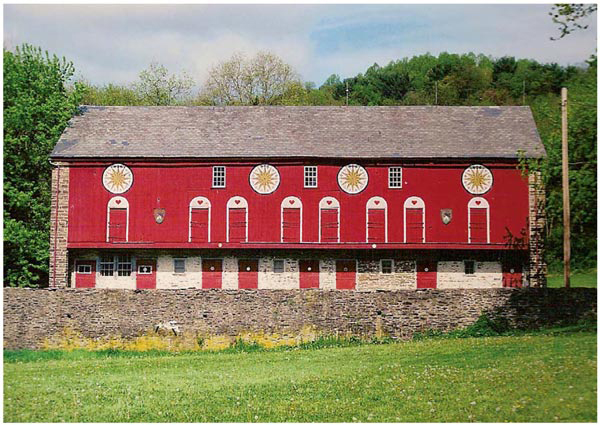
This large bank barn in Berks County, Pennsylvania, features four hex signs painted by Johnny Claypoole. Note the symmetry in both the barns design and the placement of the hex signs. ERIC CLAYPOOLE COLLECTION
T he tradition of painting large circular designs known as hex signs on the exterior surfaces of barns is a truly unique Pennsylvania Dutch cultural phenomenon and somewhat of a mystery. Nowhere else in America or the world will you nd the tradition practiced with such dedication. Even though many of the designs used in hex signs appeared in other forms in Germany, such as on painted furniture and documents, they were not used on exterior barn surfaces.
Without a written record, it is assumed that sometime during the mid to late nineteenth century, a Pennsylvania Dutch farmer rst climbed a ladder on a forebay section of his bank barn. With a crude compass made from two nails and a length of string, he marked off the rst hex sign, which more than likely was a primitive single rosette. The most basic of hex signs, the single rosette features six symmetrically spaced lobes that make a starlike design. Evidence on the wooden surfaces inside barns show how even children would take a two-tined hay fork, which could be considered a permanently set radius, and use it to scribe single rosettes. The size of other rosette hex signs could be manipulated by increasing or decreasing the radius setting of the string compass. Some hex signs bank barns were four to ve feet in diameter or more.

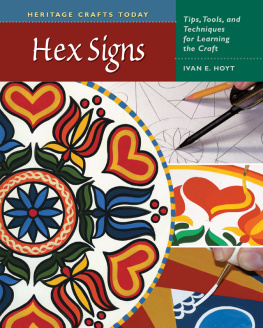



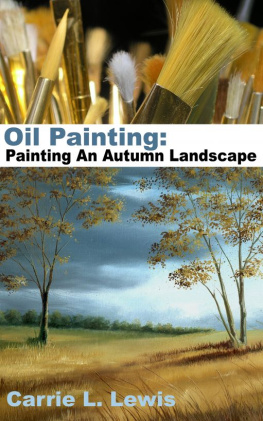

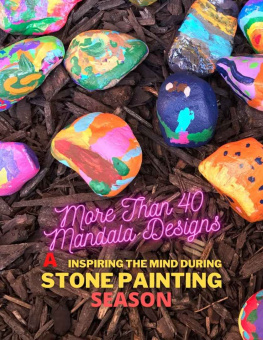
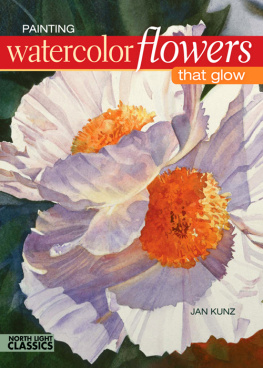
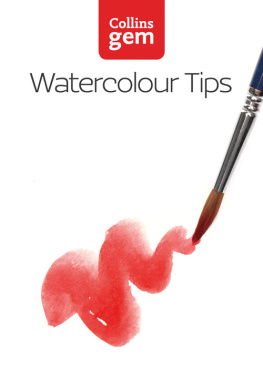
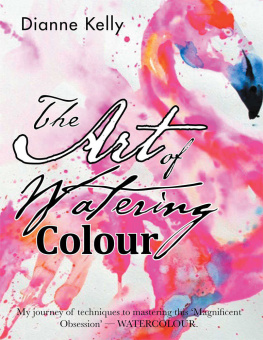
.jpg)



